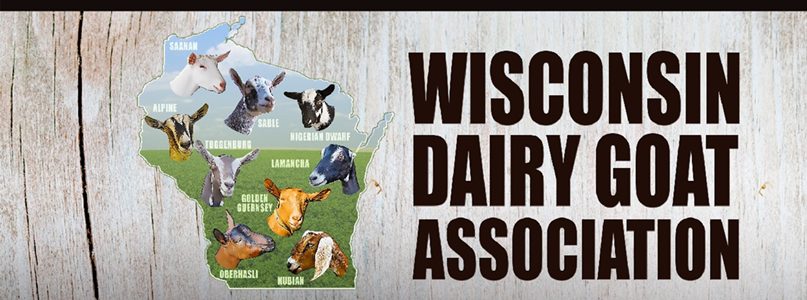The Dairy Goat
One of the first animals to be domesticated by man was the goat. For thousands of years they have provided us with food, drink, and companionship. As much as 70% of the world’s population depends on goat milk as a food source.
There are eight major breeds of dairy goat. The male is called a BUCK, the female is a DOE, and the offspring is a KID. Does are generally bred between August and March, and have one to four kids, five months later. Over the next ten months the doe will produce from 1/2 to 3 gallons of milk per day.
Goats can efficiently produce milk on marginal brushy and swampy land that would not sustain a cow, and they require less feed and space. Goats make wonderful family pets, and can be trained to pull a cart or carry a pack.
The meat of a goat is called CHEVON or CABRITO. It can be barbecued, baked, fried, broiled, and stewed. Goat leather is soft and fine grained when well cured. The dairy goat’s pelleted droppings make an excellent fertilizer.
The Dairy Goat Industry in Wisconsin
Wisconsin is the largest producer of fluid goat milk in the country and produces enough milk to support several specialty cheese manufacturing plants in the state, one fluid milk processor, and two licensed farmstead cheese producers. Members’ herds range in size from a few goats for home milk consumption to more that eight hundred in several commercial dairies. There are about 165 milking herds in the state including 19,506 milking does. Together, these animals produced 27.6 million pounds of goat milk in 2007.
For more detailed information, please see the Dairy Goat Industry Overview
